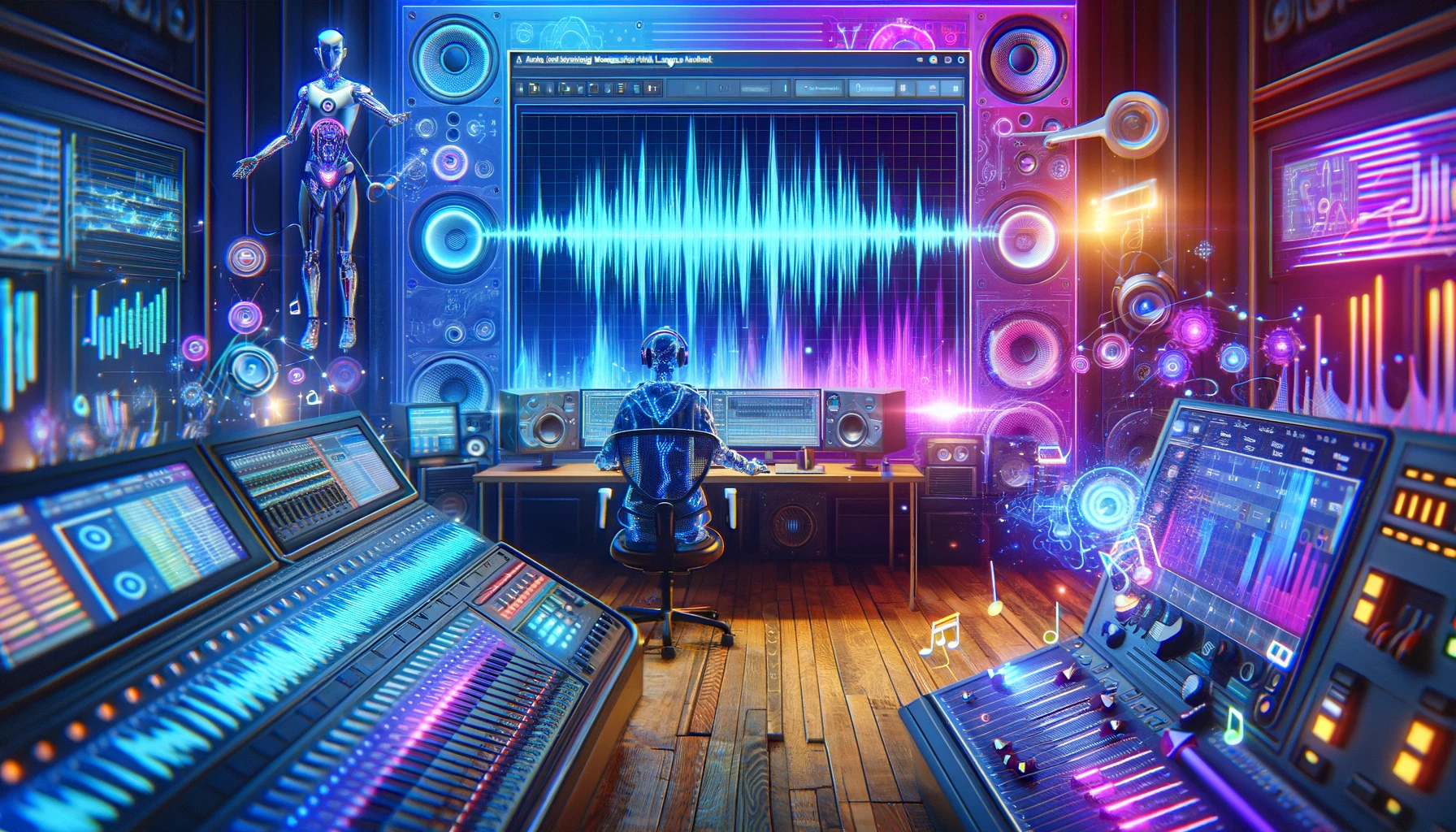Key Points
- The research paper introduces WavCraft, an AI system that uses large language models (LLMs) to create and edit audio content based on user instructions and available audio materials. WavCraft analyzes the content of audio references and user queries to generate executable programs that call various audio expert models, resulting in assembled audio content with great flexibility.
- WavCraft's key features include adjustability, modularity, interactivity, and creativity. It allows for a broader range of audio content creation by processing available audio clips based on user instructions, breaking down complex audio tasks, interacting with users through multiple dialogues, and leveraging LLMs to narrate a story and infer instructions for expert models.
- The study presents the results of experiments evaluating WavCraft's performance in both basic and complex audio editing and generation tasks. WavCraft outperformed the state-of-the-art audio editing model, AUDIT, in various objective measurements such as Frechet Audio Distance, Kullback-Leibler Divergence, Inception Score, and Log Spectral Distance.
- WavCraft also demonstrated superior subjective performance compared to AUDIT in terms of overall audio quality, frequency and time control, and audio-text relevance, coherence, naturalness, engagement, and creativity in audio storytelling.
- The paper details case studies on audio scriptwriting and human-AI co-creation, showcasing WavCraft's abilities to generate complex audio content without explicit user commands and to interact with users during the audio production process, providing them with the executable code and comments.
- The study highlights the limitations of WavCraft, such as existing performance limitations in audio analysis models and inference cost, and provides a comprehensive evaluation of its potential applications in audio production.
The paper explores the capabilities of WavCraft, an AI system designed to manipulate audio recordings through text-based instructions.
Summary
The paper titled "WAVCRAFT: AUDIO EDITING AND GENERATION WITH LARGE LANGUAGE MODELS" introduces WavCraft, a collective system that leverages large language models to connect diverse task-specific models for audio content creation and editing. WavCraft describes the content of raw audio materials in natural language and prompts the LLM conditioned on audio descriptions and user requests. The system decomposes users’ instructions into several tasks and collaboratively tackles each task with a particular module. WavCraft is able to cooperate with users via dialogue interaction and produce the audio content without explicit user commands. The experiments demonstrate that WavCraft yields a better performance than existing methods, especially when adjusting the local regions of audio clips. Moreover, WavCraft can follow complex instructions to edit and create audio content on the top of input recordings, facilitating audio producers in a broader range of applications.
The paper points out that large language models (LLMs) have remarkably promoted the development of artificial intelligence-generated content (AIGC) and attracted increasing attention. However, LLMs are limited to textual data and fail to engage with a broader range of AIGC tasks. Therefore, AI-empowered agents have been devised to tackle practical applications by integrating LLMs with task-specific modules. In the audio domain, existing audio agents encounter limitations such as the inability to use audio clips as input, hindering them from a broader range of audio generation applications.
The authors note several key components of WavCraft, including its ability to process raw audio materials, its task decomposition approach, and its collaborative interaction with users. WavCraft leverages in-context learning ability and decomposes user instructions into individual basic tasks, enhancing user control. Additionally, the system follows a modular approach to handle a wide range of audio content generation tasks, enhancing the explainability in the eyes of users. It also exploits the language analysis ability of the LLM to interact with users in multiple dialogues, providing consistent multi-round co-creation and generating audio content without explicit user instructions.
Features of WavCraft
WavCraft has various features such as adjustability, modularity, interactivity, and creativity. It is able to take available audio clips as raw materials and create audio content based on both user instructions and input audio, facilitating a broader range of audio content creation. The system can break down a comprehensive instruction into several basic audio tasks, handle a wide range of audio content generation tasks, and interact with users in multiple dialogues. It also has the ability to generate audio content without explicit user instruction.
Evaluation of WavCraft
The authors conducted experiments to evaluate WavCraft's performance on audio editing and generation tasks. They compared WavCraft with existing models and concluded that it achieves better performance across a variety of objective and subjective evaluation metrics, demonstrating its potential for real-world audio production applications. Despite WavCraft's desirable abilities, the paper also discusses its limitations, including performance of existing audio analysis models and computational costs during inference.
In conclusion, the paper presents WavCraft as an AI-empowered system that leverages LLMs and task-specific models to create and edit audio content based on user instructions and available audio materials. The system demonstrates improved performance compared to existing models and shows potential for a wide range of audio production applications. The authors hope that WavCraft will facilitate the process of audio production and be a valuable tool for audio producers.
Reference: https://arxiv.org/abs/2403.095...
